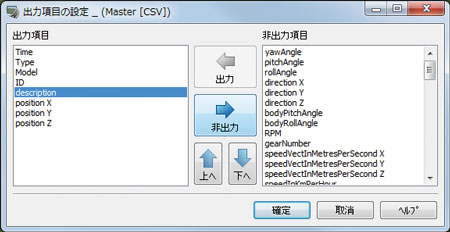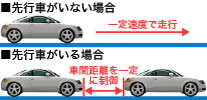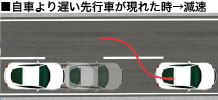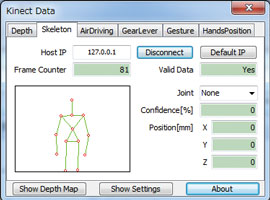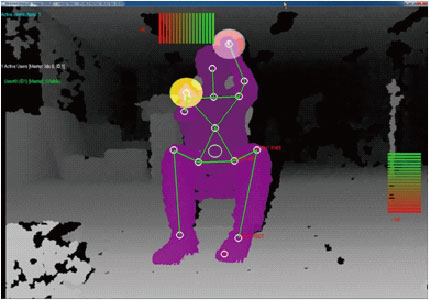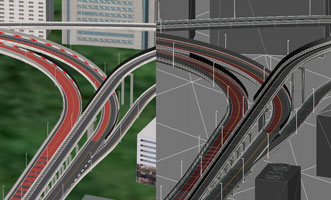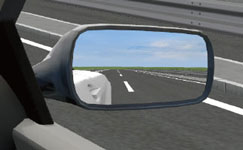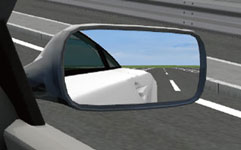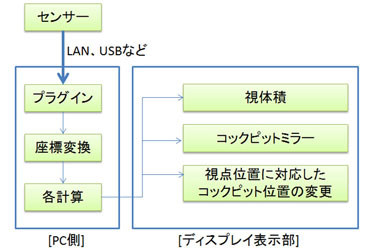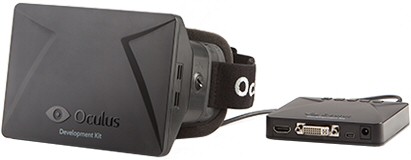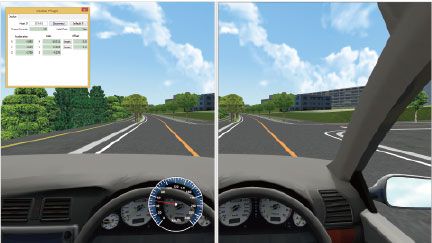|
The
representation function of the railway was a diversion of the
function of automobiles, but this time a function peculiar to
railroad tracks is newly added, making it possible to represent
trains running adjusting to tracks of specified conditions.
The introduction of the survey center line and structure center line: "Survey
center line", "structure center line", and "orbit center
line" can now each be managed separately.
The definition of distance degree: The definition of distance degree in
railway has been clearly defined as "the distance along the survey
center line".
Relaxation curve, vertical curve: In linear railways, "circular curve"
as a vertical curve, "cubic parabola" and "sine half wave
length curve" as a relaxation curve are usable.
The creation
of a horizontal alignment by offset: Having the alignment created by
IP method as a standard, the creation of the alignment by offset
became possible.
The
representation of cant: Having the train speed as a standard,
automatically calculating the cant and reflecting it to the cross
section of the road became possible.
The
representation of the turnout: By creating an orbit center line and
inputting the radius of the turnout incidental curve, the creation of
the turnout becomes possible.
The
representation of a running train: An arbitrary railway vehicle model
may run on the alignment created. Simultaneous representation of
multiple trains, direct running across multiple orbits, and the
representation of the switching of the driver's subjective
perspective and the train's bird's eye perspective are possible.
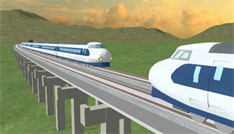
 Creation of a
structure and a train running Creation of a
structure and a train running
|
